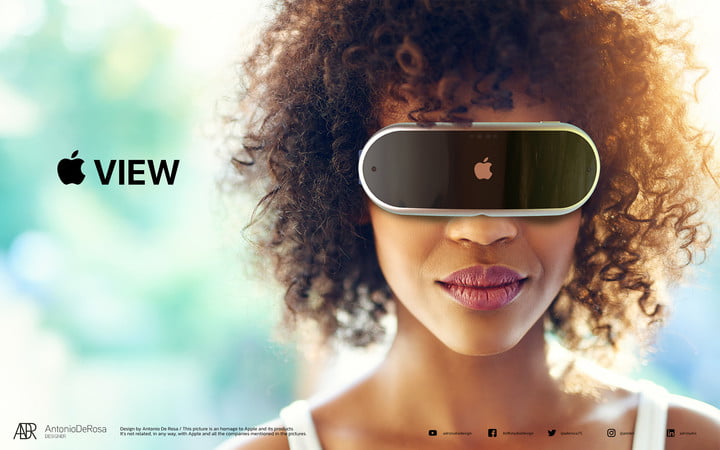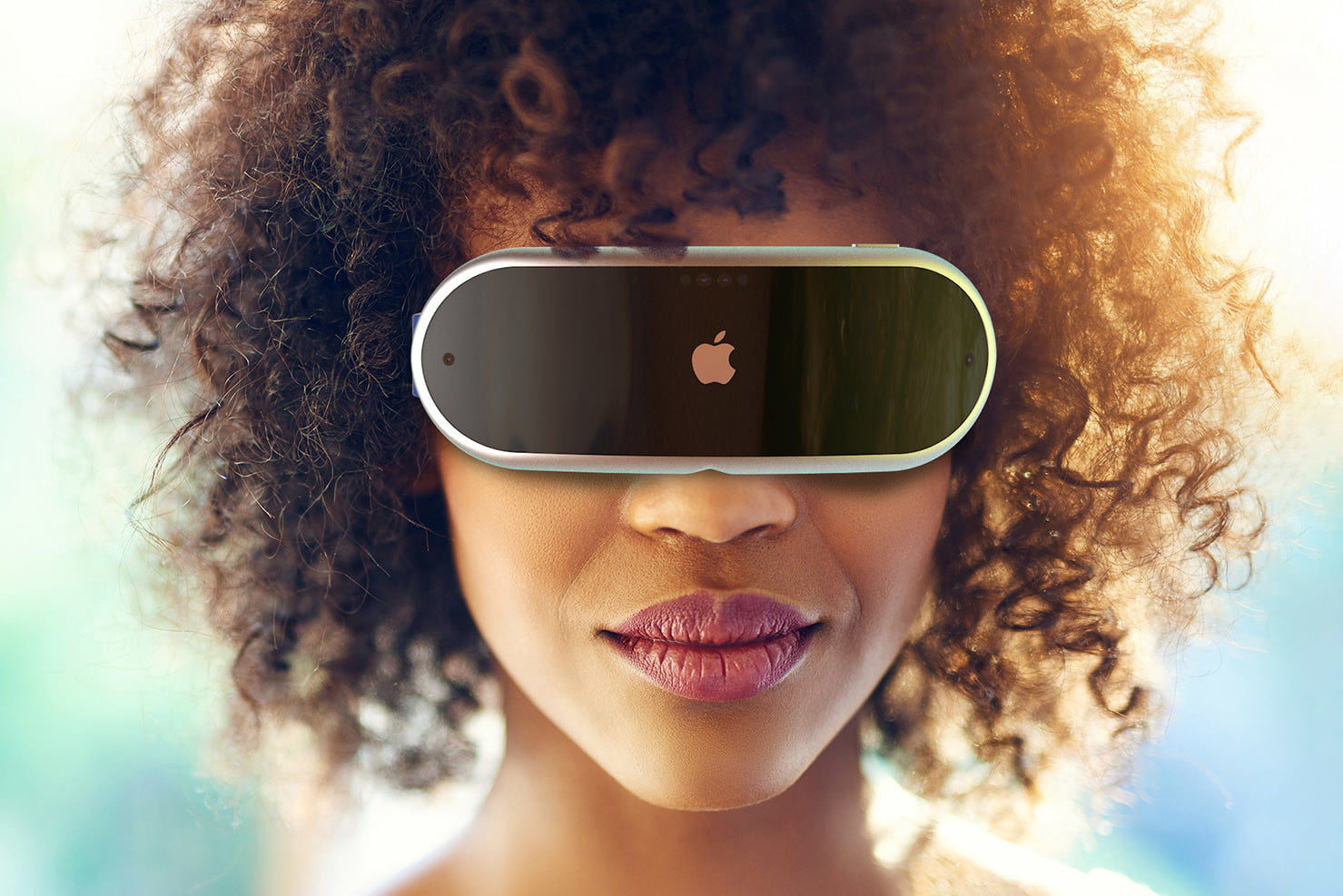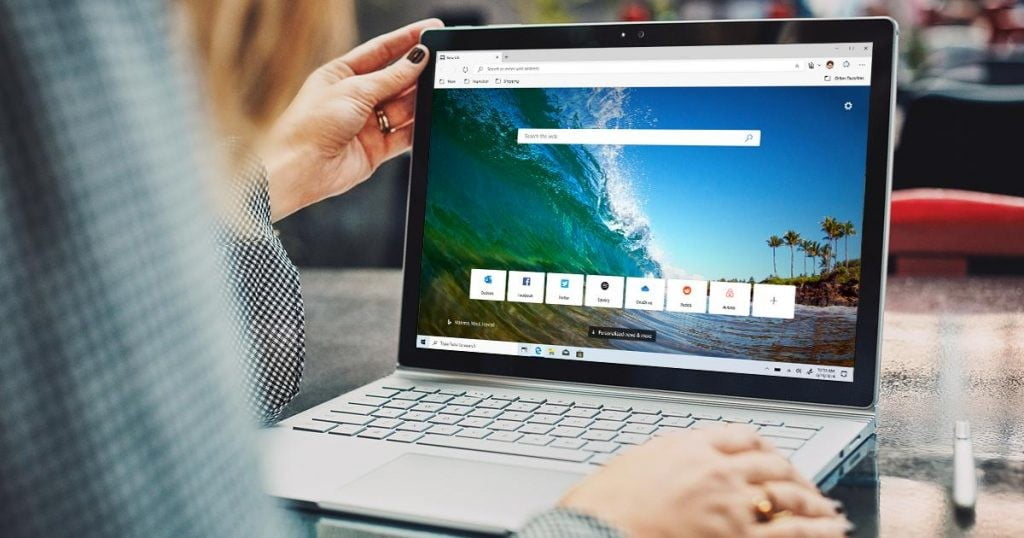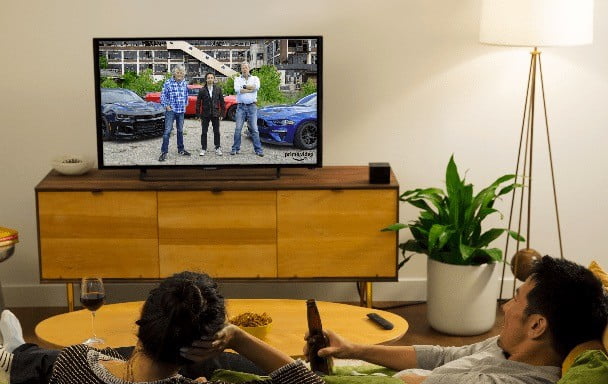In recent months, rumors about Apple working on a top-secret headset project have reached a fever pitch. But at the same time, the chatter has become increasingly convoluted — Apple is reportedly planning to use mixed reality (MR) rather than solely augmented reality (AR) or virtual reality (VR), but how exactly will that work? What will the device look like? And what features will it have?
That is where this roundup comes in. We have combed through the rumors and reports to find all the latest key information, then combined it in one convenient location. Here is everything we know about Apple’s upcoming mixed-reality headset, including price, features, and more.
Price and release date
Numerous outlets, leakers, and reporters have suggested launch time frames for Apple’s mixed-reality headset, but a consensus has formed around one date: 2022. The details are scarce when it comes to the exact release month, but the fact that so many people with different sources have come to the same conclusion suggests it could be a good bet.
For instance, respected reporter Mark Gurman said in June 2020 that Apple could unveil the headset in 2021 and then release it a year later, based on a purported all-hands meeting of Apple’s headset development team. He then followed that up by claiming Apple will reveal the headset within “the next several months” at an in-person event in 2021. That would place it sometime in the second half of the year, with a release date of 2022. Reliable Apple analyst Ming-Chi Kuo and news outlet The Information have both followed suit and predicted the same 2022 launch year. That could be in doubt, though, with 2021 drawing to a close and no more Apple events rumored.
However, there are still hopes that an announcement could be on the horizon. A report from analysts at Morgan Stanley in mid-November 2021 pointed out that the Apple headset is mirroring the pattern taken by the Apple Watch shortly before its own reveal in 2014. Like the Watch, the headset has seen a notable increase in patents in recent months, including those for its hardware, input methods, and user interface. If the headset is indeed following the Apple Watch playbook, this could indicate it is nearly ready for prime time.
As for the price, The Information has offered details here, claiming it would cost $3,000. That would put it in the company of Microsoft’s $3,500 HoloLens 2, but with a price that high, it would likely be restricted to industry use. That seems a little out of character for Apple.
Kuo, however, has suggested a much lower price of $1,000. This puts the headset back into consumer territory (albeit at the top end) and is more in line with what we would expect from Apple: Expensive, but still considered mainstream and consumer-focused.
A wraparound design and tons of cameras
What can you expect Apple’s mixed-reality headset to look like? Well, seeing as it combines AR and VR, the chances are it will be a full wraparound set to keep you immersed while using its virtual reality features. Anything that lets you see your surroundings — like Microsoft’s HoloLens 2 or the Magic Leap 1 — would take you out of the virtual world you are experiencing. Rumors also suggest Apple’s device will be totally wireless to give you the freedom to move without being yanked back by cables — another immersion breaker.
Then there is the augmented reality side. To make this happen, the headset is going to require cameras to capture the outside world and feed it back to you. According to The Information, there will be up to a dozen cameras and lidar sensors mounted on the device, the latter of which Apple has already incorporated into devices like the iPhone 12 Pro and iPad Pro to help with augmented reality processing.
Kuo, however, contends there will be 15 cameras — eight for AR, one for environmental detection, and six for “innovative biometrics.” Kuo backed this up with a further report in April that reiterated the claim of 15 cameras. It is possible both versions exist as prototypes, with Apple to decide which to settle on in the future. Whichever claim ends up being correct, it is evident Apple is taking the camera situation on its headset seriously.
Light as a feather
What about the actual body of the device? This is an interesting one, as it could be a real differentiator — and advantage — for Apple. A report from Kuo in March 2021 claimed the entire headset could weigh as little as 150 grams (0.33 pounds), which is about half the weight of many rival devices. The $1,000 Valve Index VR headset would weigh more than five times what Apple’s headset weighs if Kuo is correct. Aiding that low-bulk goal would be the use of lightweight fabric instead of heavy plastic in the frame.
The report from The Information also contained an interesting tidbit on the headset’s body: It could use straps that look awfully like those on the Apple Watch Sport Band. It is not the first time we have seen one Apple device take design cues from another — the AirPods Max headphones borrow the HomePod Mini’s fabric mesh and the Apple Watch’s Digital Crown, for example.
An 8K feast for your eyes
It is not just the exterior of Apple’s headset that sounds promising, as the interior could come with some eye-opening features, too – quite literally in the case of the display resolution. It is rumored to be a whopping 8K per eye, giving an unprecedented level of detail. For comparison, the HTC Vive Cosmos Elite comes with a 1440 x 1700 resolution per eye.
Apple is said to be gunning for high-quality visuals in other ways, with Kuo alleging that the headset might come with iris recognition based on the tech his sources tell him is in the device (such as the cameras used for “innovative biometrics” mentioned earlier). Iris recognition could be used to authenticate you for Apple Pay, says Kuo, or to unlock your accounts, enabling you to perform these tasks without having to take off the headset to enter a password on your iPhone.
Powered by an Apple Silicon chip
Going back to those cameras, they could allow for eye- and hand-tracking features. Apple has already patented ideas for these control methods in the past, both for the Mac and for a mixed-reality headset. Do not be surprised if this tech shows up in Apple’s MR headset.
One thing we have not seen much news on is the refresh rate and field of view that will be used in the headset’s displays. The refresh rate will need to be high enough that lag and motion sickness are kept to an absolute minimum, and rival headsets typically aim for 90Hz or higher. We will have to wait and see what Apple opts for here.
Powering all this tech would be a custom-designed Apple Silicon chip, said to be one of Apple’s “most advanced and powerful” processors that could potentially beat the M1 chip found in the MacBook Pro, according to Mark Gurman. Apple’s ARM-based chip architecture is incredibly efficient — so much so that the M1 MacBook Air does not even need a fan — which makes it ideal for a compact device like a mixed-reality headset, where keeping cool is essential (for both you and the chip).
Apple analyst Ming-Chi Kuo has also claimed that the headset will boast Wi-Fi 6E rather than the Wi-Fi 6 found in the current iPhone 13 line-up. This opens up a new 6GHz band, granting you lower latency and faster data rates. Considering the demanding nature of mixed-reality content, we think this claim makes a lot of sense.
Apple mixed-reality headset: Our wish list

It already looks like Apple is outfitting its headset with a ton of great features, but there are still a few extras we would love to see. At the top of the list is great battery life — after all, what is the point of having an excellent device to play with if it dies after a few minutes? Fortunately, the processor choice spells good news in this department, as Apple’s custom chip has led to incredible battery life in its MacBooks. That might be countered by the super-high resolution the headset is apparently going to use, but we have our fingers crossed.
The word is that Apple is developing a special operating system dubbed rOS (realityOS?) that will drive the headset. Apps and games will need to run on this system, but we are hoping that, due to the common Apple Silicon architecture in both the headset and Apple’s other devices, some degree of cross-compatibility will be available.
For example, it would be great if the headset can recognize if you are playing a game on your Apple TV or your Mac, for example, and then mirror the content onto the headset with added mixed-reality goodness (provided the game is VR-compatible, of course). It would be a shame if Apple limits the headset to only work with rOS-compatible games and apps, as developers might be put off if they must build apps from scratch for the new operating system.
One final request concerns the headset’s control method. We do not know whether the device will come with handheld controllers or will rely entirely on gestures. If it is the former, one thing Apple really needs to incorporate is haptic feedback. This is already included to great effect in every MacBook and the Apple Watch, so Apple knows how to make the tech work. Gentle taps that are built into apps and games would be a great addition that does not break immersion.


